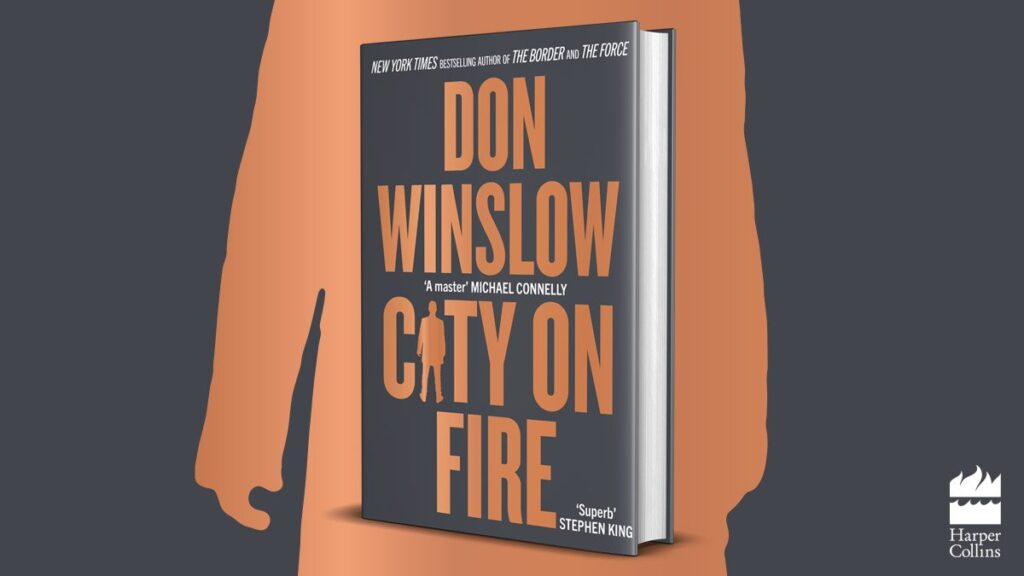The primary intention of any writer is to try and create an emotion in the heart of the reader. The surest way to do this is to tap into some kind of truth. Unfortunately, as a writer of fiction, you are – by definition – creating something that is untrue, so to reconcile this paradox you do two things.
First, you give your untruths an inner logic. This should lend them a veneer of reality that will appeal to the rational brain and smuggle them past the bullshit detectors guarding the minds of discerning readers. Secondly, you set-dress your fabrications with as much genuine truth as you can muster – and this is where research comes in.
For the follow-up to my first book Sanctus I started with the idea for a plot that centred on the origins of writing. I wondered what burning knowledge had driven mankind to invent this sublime abstraction of symbols that could somehow capture the most ephemeral of substances – ideas. I got hold of piles of books on the subject and read up on the earliest known scripts, and was shocked to discover how many of them are still un-deciphered – all that effort to preserve some precious ancient knowledge and we went and forgot it anyway. But reading, despite its magical wonders, can still only take you so far. Nothing can really compare to standing in front of an object created by a human hand, long since rendered to dust. So I went to the British Museum – and that’s when things got really interesting…


